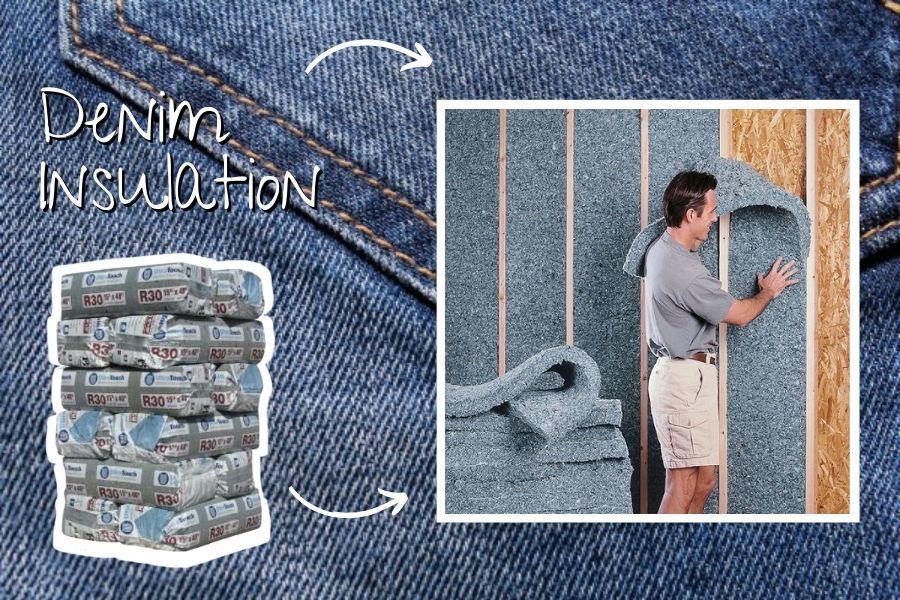Last updated on
Learn how to recycle your old shower curtain responsibly and creatively with these practical tips.
Key takeaways:
- Determine shower curtain material for proper recycling.
- Look for recycling symbols and consult waste management provider.
- Recycling shower curtains reduces waste and supports circular economy.
- Consider eco-friendly alternatives like hemp or organic cotton curtains.
- Repurpose shower curtains for painting projects or donate to community programs.
Understanding Shower Curtain Materials
Shower curtains can be crafted from various materials, each bringing its own set of characteristics to the bathroom environment. Vinyl, or PVC, is a common choice due to its water-repellent properties and low cost, but it’s not the most environmentally friendly option and can be challenging to recycle. Polyester blends offer a more sustainable alternative, being both durable and less prone to mold and mildew. For those seeking an eco-friendly solution, organic materials like cotton, hemp, or linen, albeit less water-resistant, can be used with a waterproof liner and are more readily biodegradable. The key to recycling is knowing which material you’re dealing with, as the process differs significantly between synthetic and natural fibers. Understanding these distinctions is crucial because it informs the recycling approach and the product’s lifecycle impacts.
Assessing Recyclability of Shower Curtain Materials
Determining whether your shower curtain can embark on a second life in the recycling stream hinges on its material composition.
Typically, curtains made of PEVA (polyethylene vinyl acetate) or EVA (ethylene vinyl acetate) are more recyclable, as they’re free from chlorine, a substance that complicates the process. Conversely, PVC (polyvinyl chloride) curtains are less eco-friendly, often containing additives that preclude them from recycling.
To ensure recyclability, look for a recycling symbol with a number within it on the curtain — this indicates that the material is categorized for recycling. Curtains labeled with #3 (PVC) are rarely accepted at recycling centers due to the harmful chemicals released during the recycling process.
If a curtain lacks any recycling emblem, a quick call to your local waste management provider can clarify its recyclability. They can provide insights on local facilities’ capabilities and the types of plastic they accept.
Remember, metal grommets should be removed and recycled separately, as mixed materials can complicate recycling efforts.
It’s crucial to keep in mind that even if the shower curtain is made of a recyclable material, it might still be rejected if it’s coated with soap scum, mildew, or other contaminants. A good clean can help, but sometimes upcycling or proper disposal is the only viable option.
Benefits of Recycling Shower Curtains
Recycling shower curtains can have a remarkably positive impact on the environment. Firstly, it mitigates the amount of waste sent to landfills, where plastics can take centuries to decompose. When repurposed, the material can lead a second life in products such as outdoor furniture, reducing the need for virgin plastic production and conserving resources.
Furthermore, this practice supports the circular economy, a system that prioritizes reuse over disposal. By recycling, you’re contributing to a market for recycled goods, which can encourage innovation in sustainable products. The process also saves energy compared to manufacturing new materials, thus reducing greenhouse gas emissions and contributing to a decrease in our carbon footprint.
Lastly, recycling can be a gateway to mindful consumption. It prompts you to consider the lifecycle of products you buy and reduces the overall environmental impact of your purchasing decisions. This ripple effect can contribute to broader change and heighten awareness about the importance of sustainable living practices.
Alternatives to Traditional Plastic Shower Curtains
Embracing eco-friendly options can significantly reduce waste in landfills. Consider hemp or organic cotton curtains, both of which are durable and naturally resistant to mold and mildew.
Linen curtains offer a luxurious feel and are also biodegradable.
For a waterproof alternative without PVC, opt for PEVA or EVA liners, which are less toxic and still effective.
Upcycling your old curtains as outdoor furniture covers or drop cloths for painting projects is another sustainable choice.
Lastly, glass doors, though an investment, provide a permanent solution that eliminates the need for a curtain altogether.
Ways To Recycle Plastic Shower Curtains
Innovative reuse options often bypass the traditional recycling bin, giving old plastic shower curtains a new lease on life. First, consider repurposing them as drop cloths for painting and home improvement projects. Their water-resistant nature protects floors and furniture from spills and splatters.
For the garden enthusiasts, these curtains can be transformed into protective covers for outdoor plants during unexpected frosts or fashioned into sturdy weed barriers beneath mulch. Creatives may wield scissors and turn their curtains into waterproof tote bags or aprons—a practical crafting session with a sustainable twist.
For those involved in community services or schools, donation is an excellent route. Shower curtains can be valuable materials for art projects or temporary shelters in educational plays or local events. Lastly, explore local recycling programs that accept PVC and other plastics, ensuring the curtains are clean and free of metal grommets before drop-off.
Related reading:
Table of Contents


